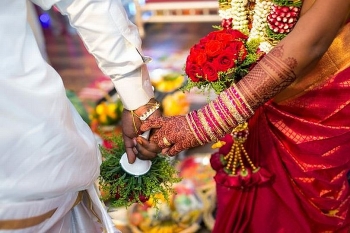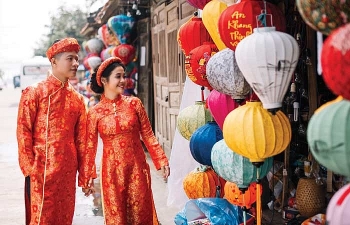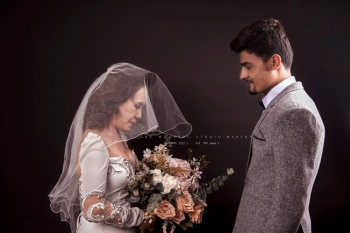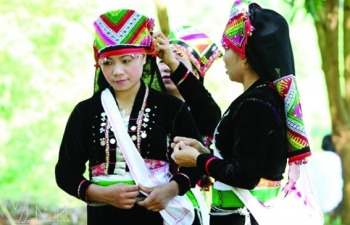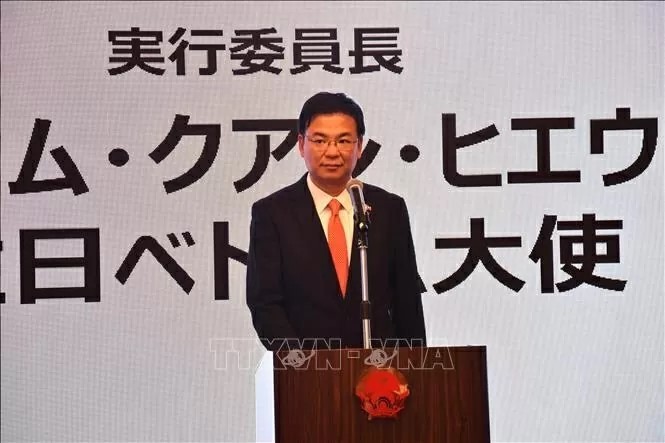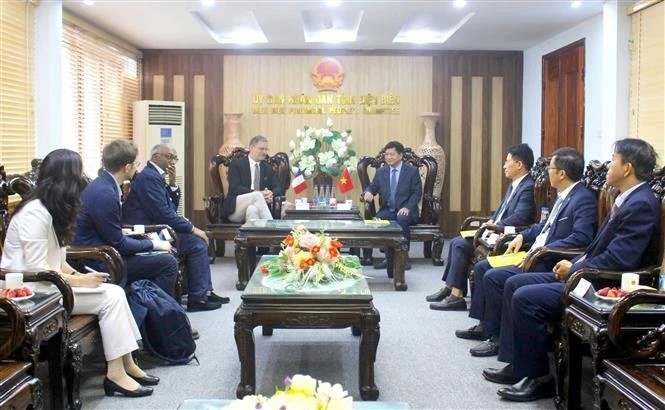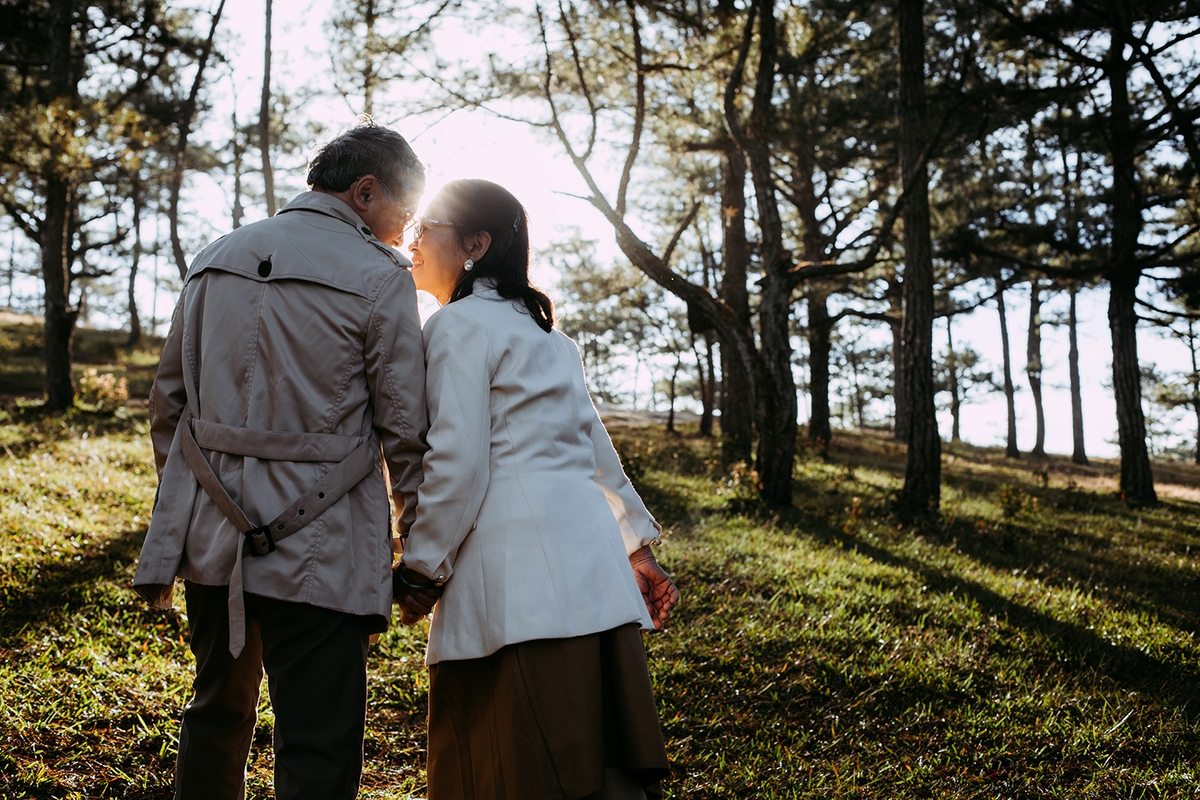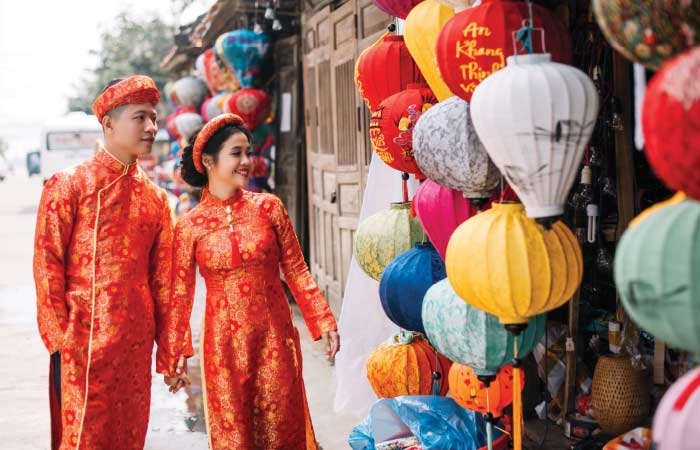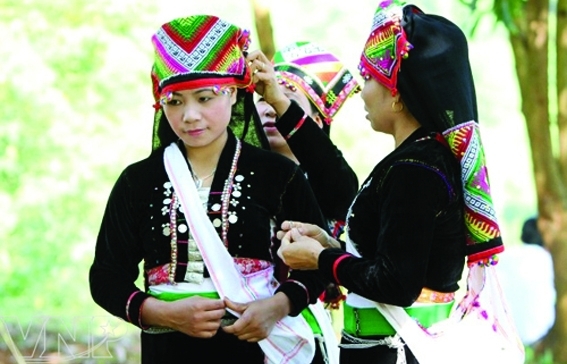Unique Dao Gu Lang wedding rituals
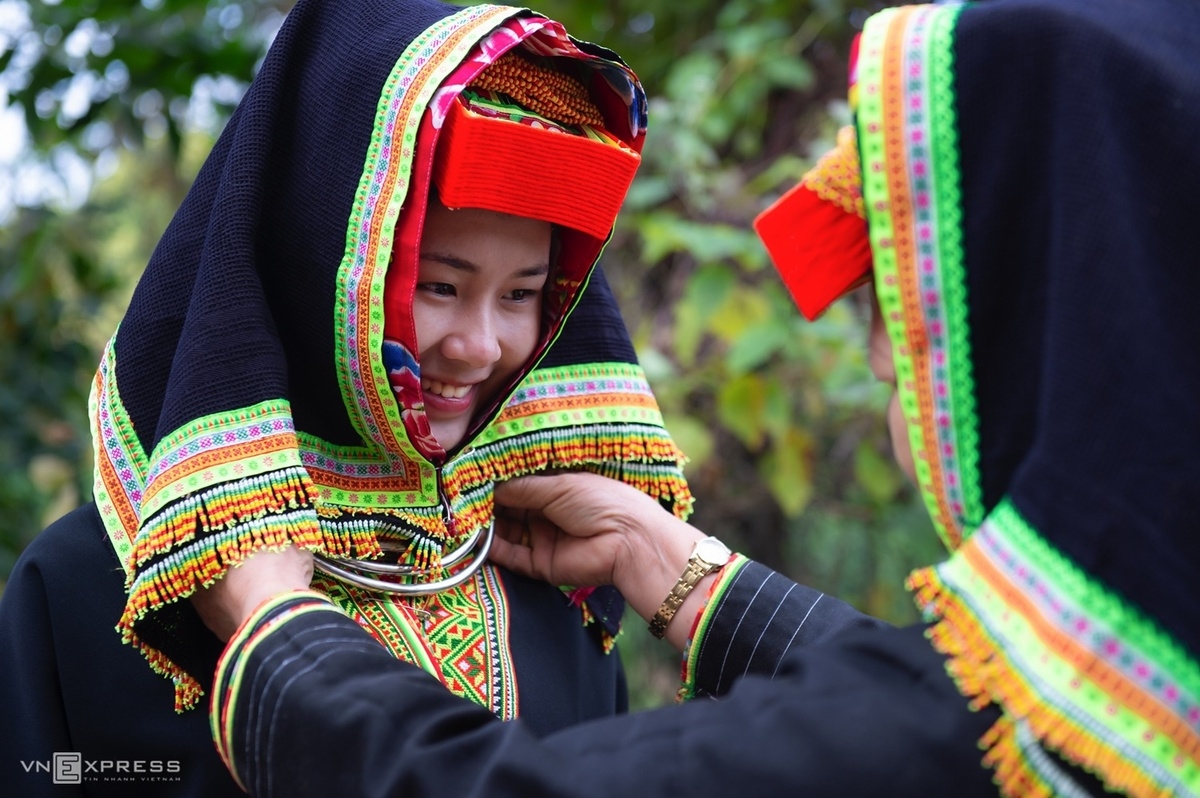 |
| Bride Trieu Thi Tien is changing her outfit with the help of her mother. (Photo courtesy of Nguyen Son Tung/ via VNE) |
It’s the custom for Dao Gu Lang bride to go to the groom’s house early in the morning on the wedding day. Along with the dowry, the bride will bring along two outfits, one to wear while leaving her parents’ home, one to change before entering the groom’s home.
Bride Trieu Thi Tien is changing her outfit with the help of her mother. They are standing at around 100m from the groom’s house.
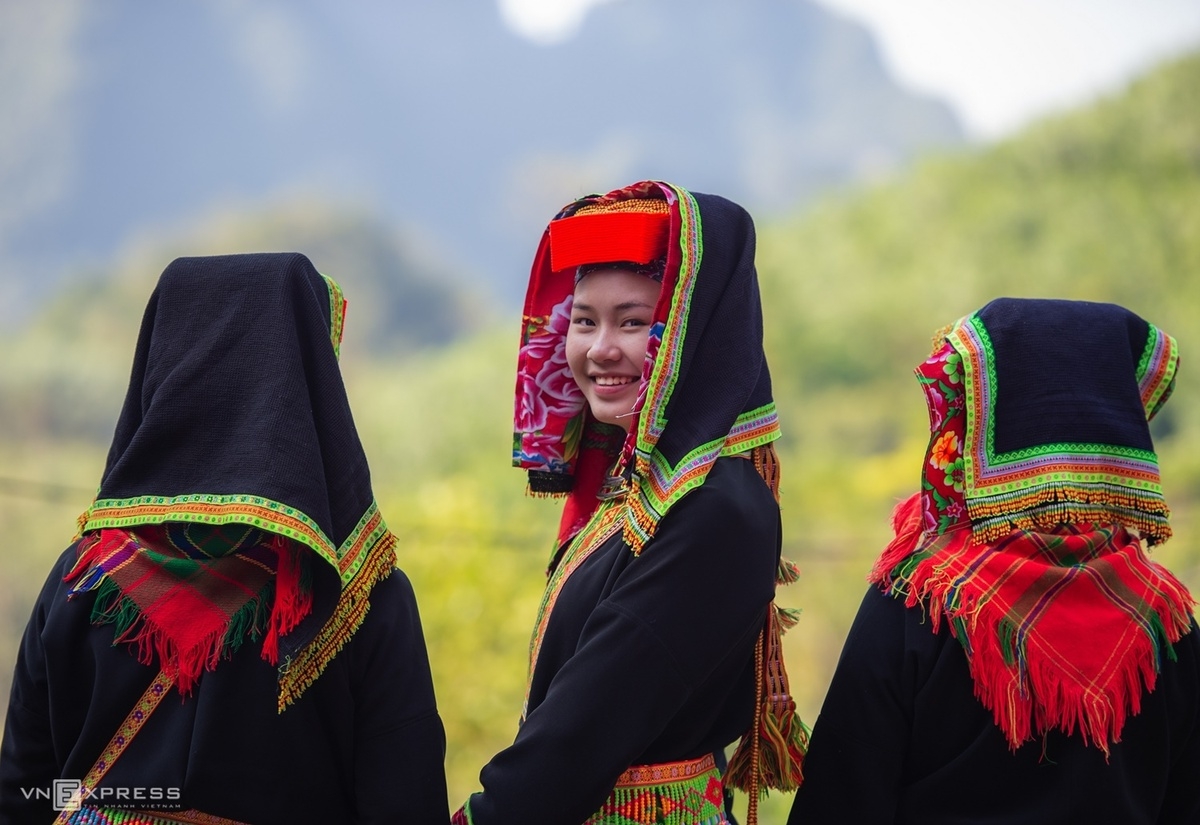 |
| The bride's costume consists of a veil, multi-layered blouse, four floral embroidery belts, hat, necklace, bracelets, silver jewelry (Photo courtesy of Nguyen Son Tung/ via VNE) |
The bride's costume consists of a veil, multi-layered blouse, and four floral embroidery belts. In addition, the bride also wears a hat, a necklace, bracelets, and silver jewelry. Each costume of the Dao Lu Gang bride has an average of three to ten layers. Those from wealthy families might put on more layers.
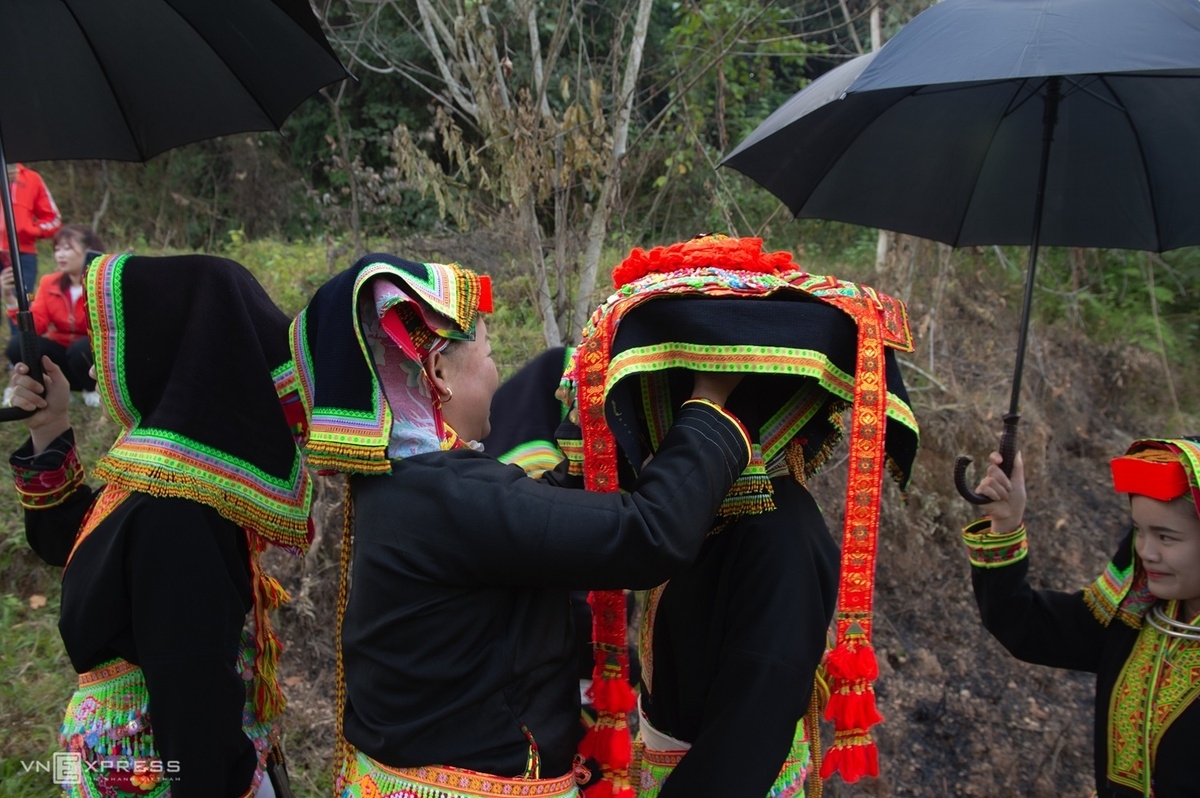 |
| (Photo courtesy of Nguyen Son Tung/ via VNE) |
The wedding parade will start at a good time, with the bride being accompanied by two bridesmaids.
In the picture, the bride’s mother is helping her daughter to put on the hat, which is the gift from the groom’s house.
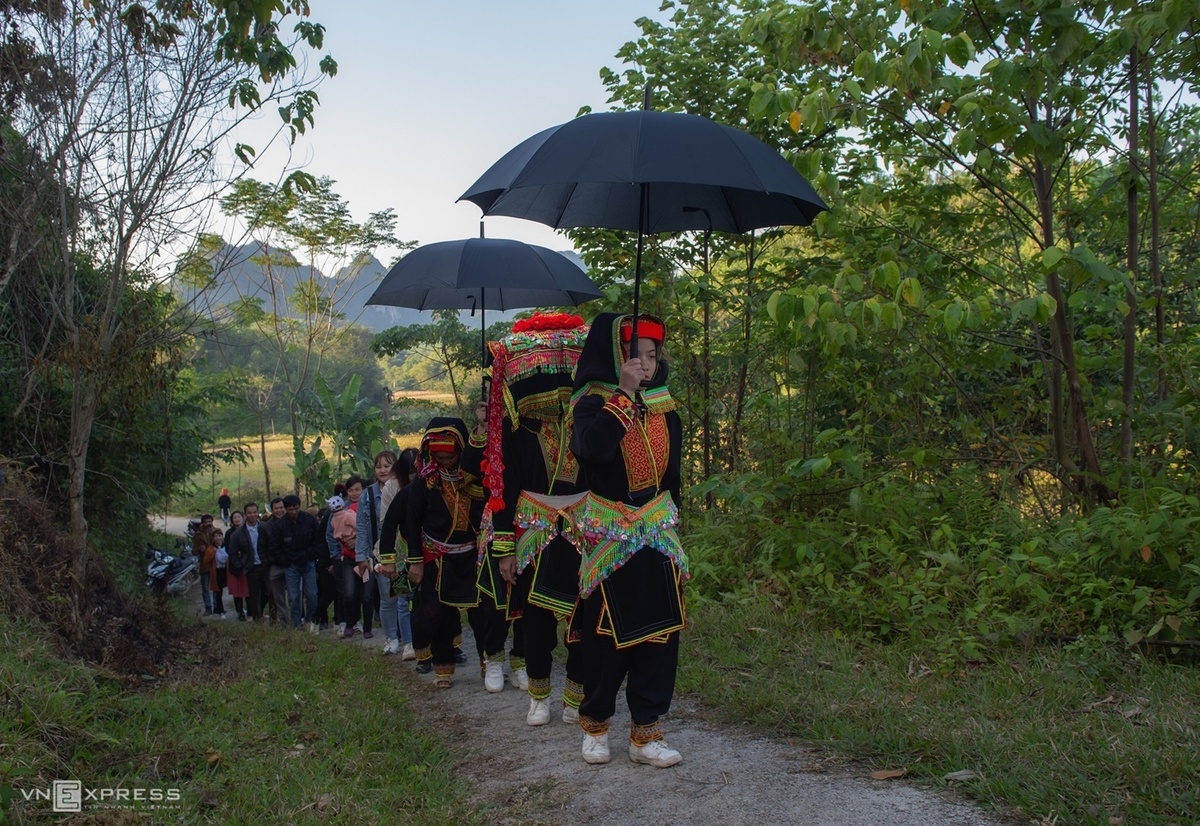 |
| The wedding parade is heading towards the groom’s house. (Photo courtesy of Nguyen Son Tung/ via VNE) |
The wedding parade is heading towards the groom’s house. The bride is accompanied by two bridesmaids on both sides.
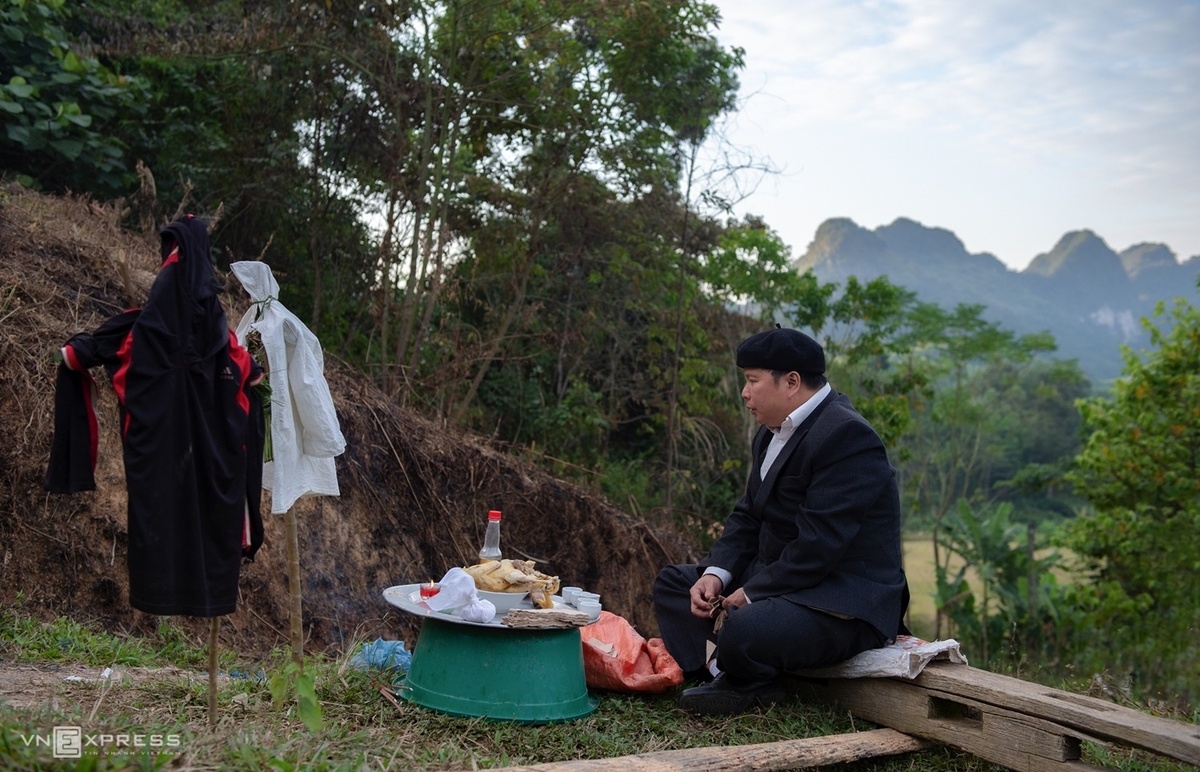 |
| A shaman is performing outdoor rituals to welcome the bride's family (Photo courtesy of Nguyen Son Tung/ via VNE) |
According to ancestral customs, Dao Lu Gang groom does not head the wedding parade to go take the bride home, like the wedding custom of many Vietnamese countries, but stay home and prepare for the worshiping rituals.
The shaman is performing outdoor rituals to welcome the bride's family. In addition to the offering tray, the offerings also include two paper costumes, one for the bride and one for the groom.
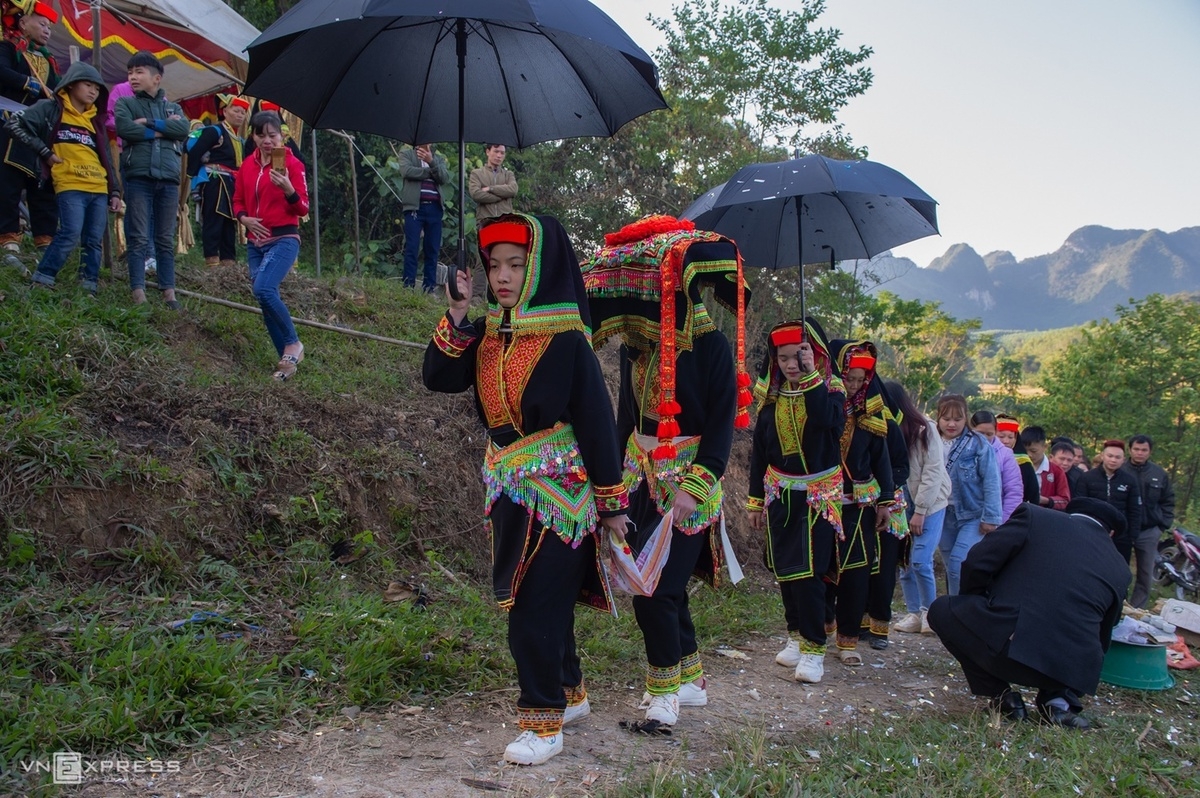 |
| (Photo courtesy of Nguyen Son Tung/ via VNE) |
The bride’s family came across the offering tray and was about to enter the groom’s house. The groom’s relatives and friends stand on the hillside to welcome the bride.
Before the bride enters her husband’s house, the shaman recites the pray to ward of evil spirits and ask the ancestor to let the bride officially become a member of the family.
After praying, the bride will have to walk over a bowl of water before taking the first steps inside her new house.
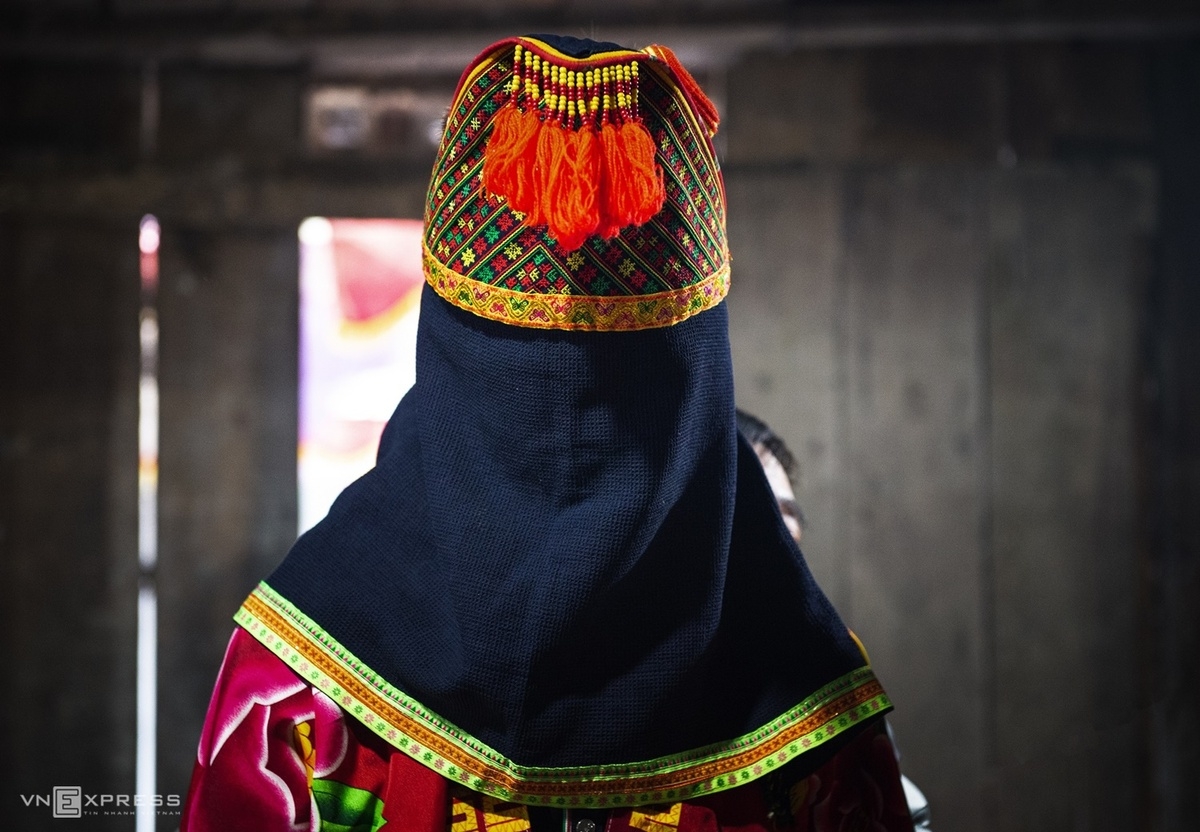 |
| The groom has to dress in wedding attire and puts on a veil (Photo courtesy of Nguyen Son Tung/ via VNE) |
The bride has to enter the house through the side gate instead of the main one to avoid running into her parents-in-law.
After the shaman done praying for the second time, officially recognize the bride as a descendant of the family, the groom – dressed in wedding attire and a veil – will step out.
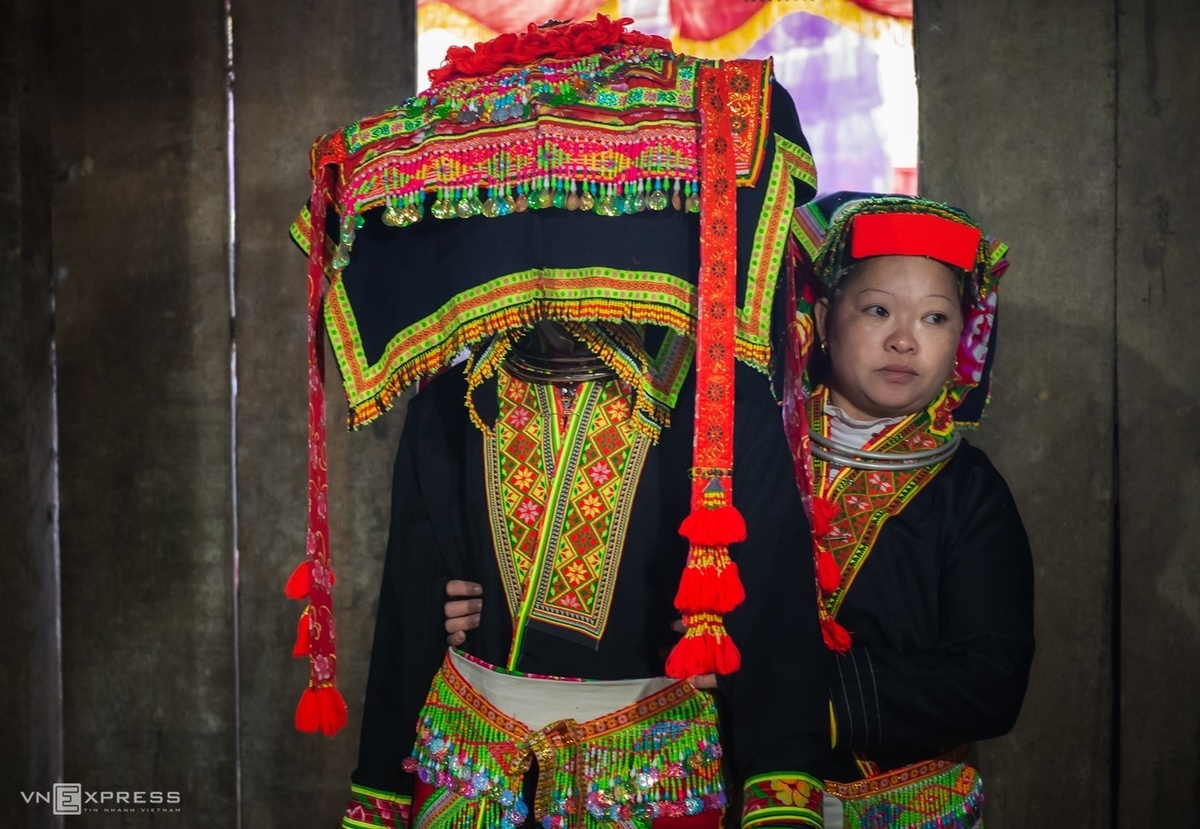 |
| (Photo courtesy of Nguyen Son Tung/ via VNE) |
Standing behind the bride is the matchmaker. The matchmaker must have a happy family life, with both son and daughter, and earn prestige among local villagers.
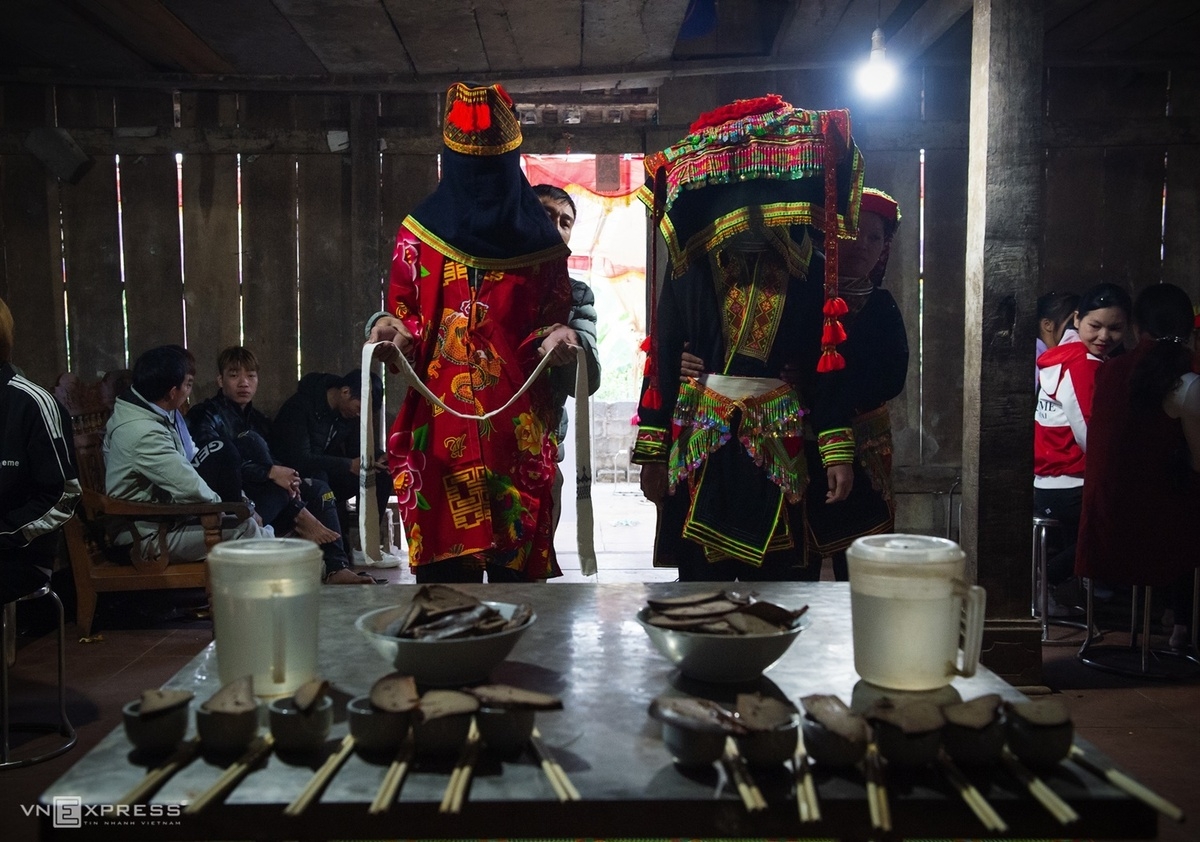 |
| The groom and the bride take a bow in front of the altar (Photo courtesy of Nguyen Son Tung/ via VNE) |
The groom and the bride walked into the flower mat to perform to take a bow in front of the altar, the shaman, their parents, and relatives from both families.
Previously, it was customary for the groom to bow 360 times but now the bowing is way simpler. The groom only has to do the practice 12 times.
After the wedding ceremony, the groom’s family prepare a wedding feast to dine and wine all the relatives and friends. Pig livers, considered the main dish in the wedding feast of Dao Gu Lang people, are shared with everyone.
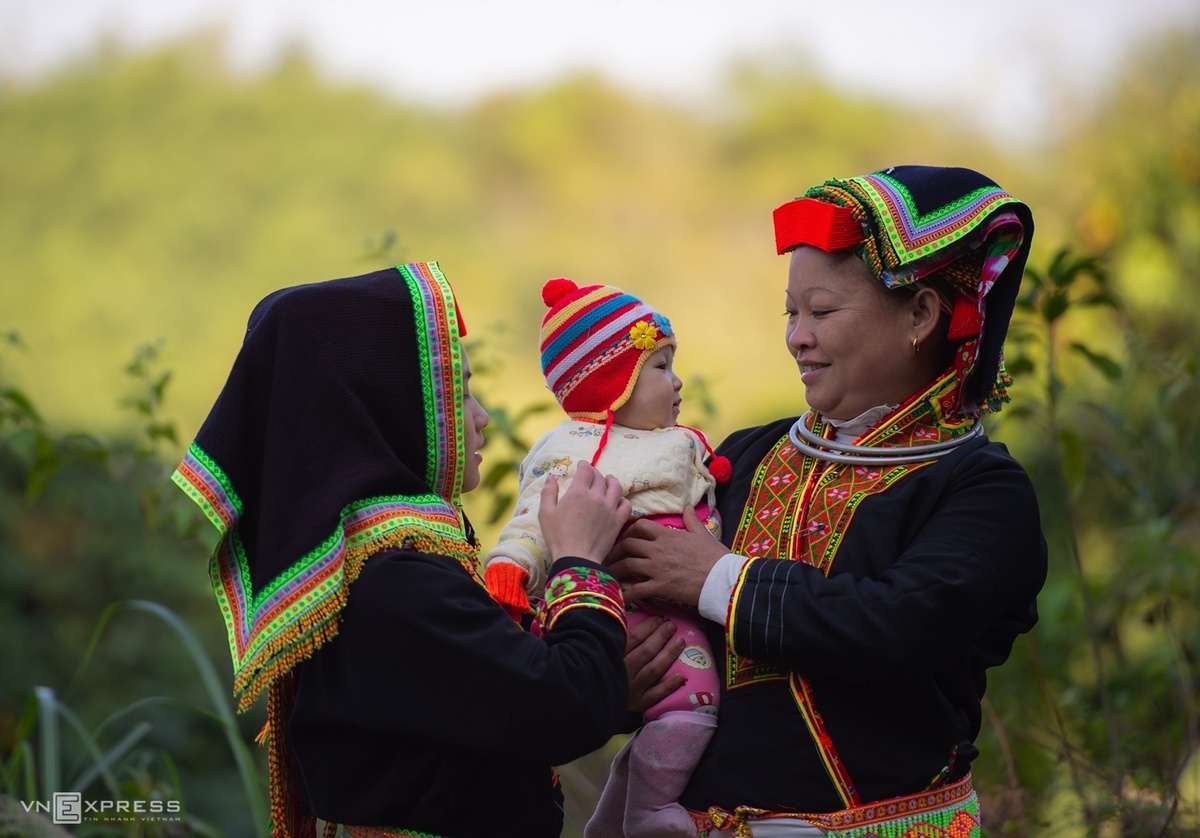 |
| (Photo courtesy of Nguyen Son Tung/ via VNE) |
The photo series is taken by photographer Nguyen Son Tung who lives and works in Lang Son city. He is often referred to by his friends as Tung "Dao", whose works and photo stories record the beauty of the upland people.
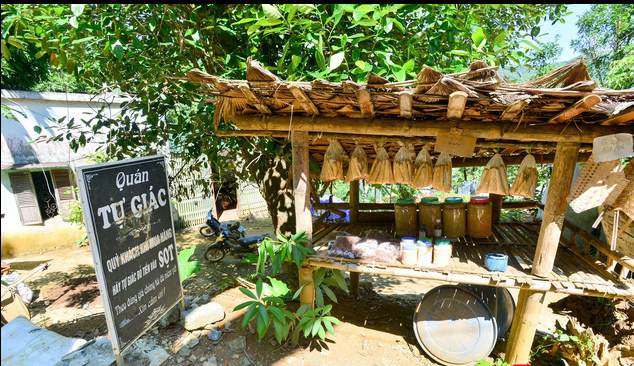 | Unique ‘self-aware’ shop of Muong ethnic people The so-called self-aware shops, where there are no sellers, buyers choose the product themselves then place money in the basket, is a special cultural pattern ... |
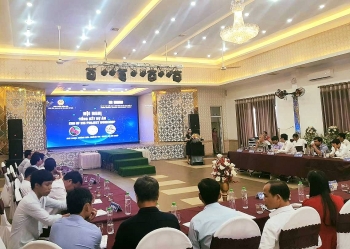 | Ethnic minorities in Quang Tri's poor district benefited from livelihood project The New Zealand Aid Programme, World Vision International, World Vision Vietnam and the communities of Huong Hoa district have worked together to create a solid livelihood foundation for ... |
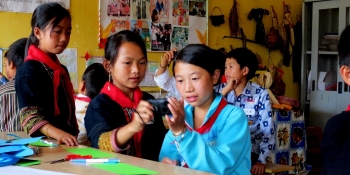 | Rights of ethnic minority people promoted The National Assembly Standing Committee has introduced its national target program of socio economic development in ethnic minority and mountainous areas for the next decade. This ... |
Recommended
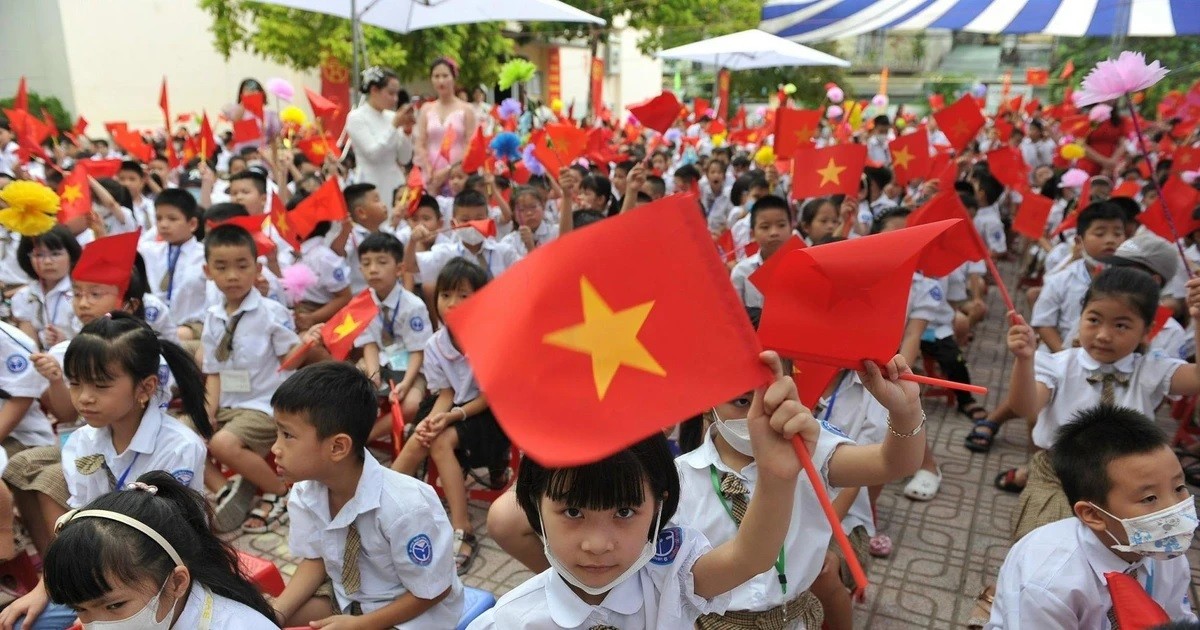 Viet's Home
Viet's Home
Vietnam's Human Development Index Remains High
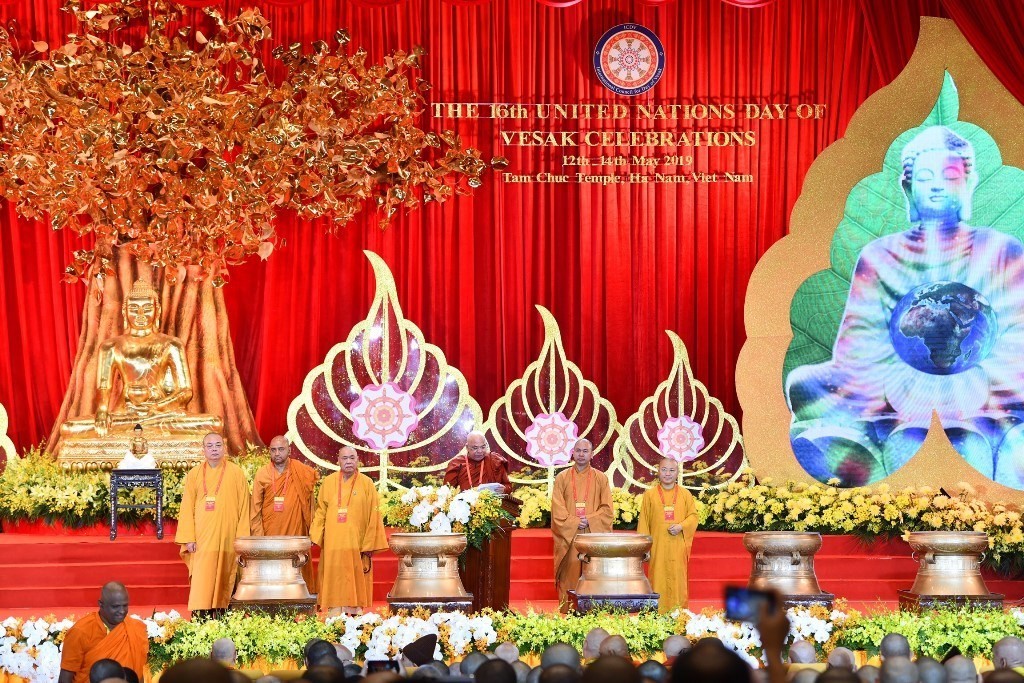 Viet's Home
Viet's Home
Vietnam’s Mark on UN Day of Vesak Celebrations
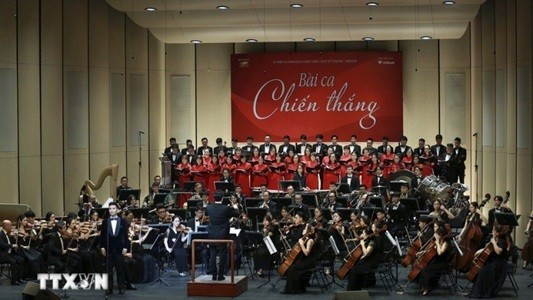 Viet's Home
Viet's Home
Art Program Spreads Message of Peace Worldwide
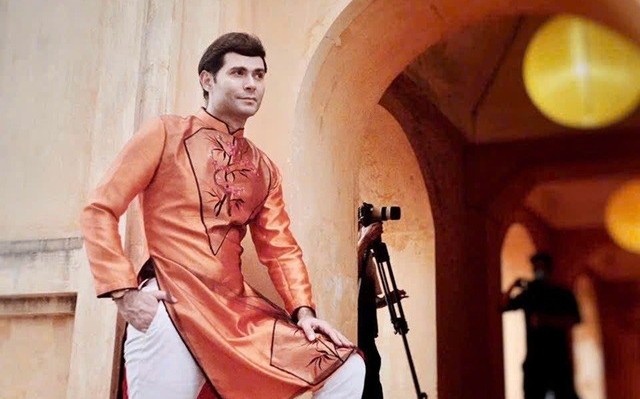 Expats in Vietnam
Expats in Vietnam
Look Forward to New Developments in Vietnam - US Relations
Popular article
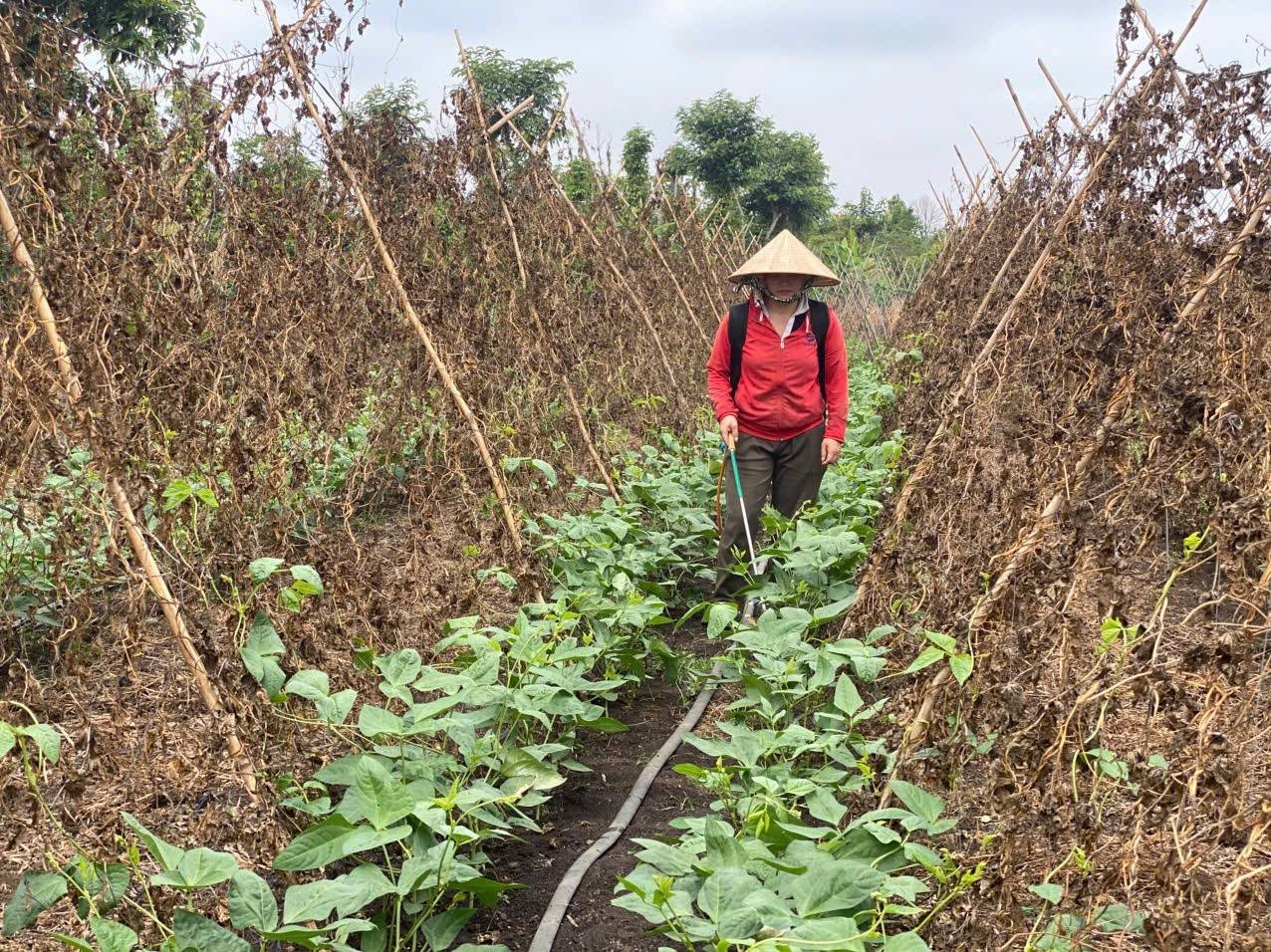 Viet's Home
Viet's Home
She Feeds the World: 8,000 Individuals Adopt More Sustainable Agricultural Practices
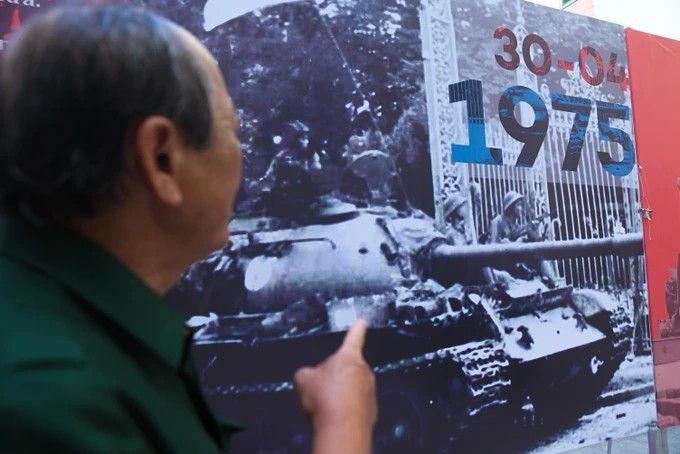 Viet's Home
Viet's Home
Over 200 Valuable Documents Displayed at 'Mountains and Rivers Connected One Strip' Exhibition
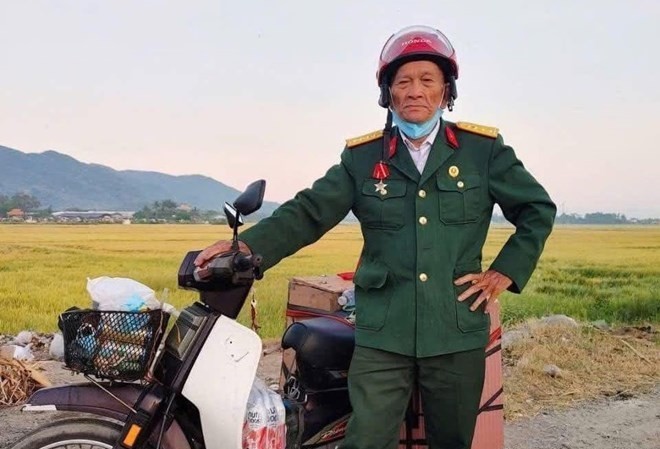 Viet's Home
Viet's Home
Latin American News Agency Prensa Latina Shares Story of Vietnamese Veteran’s 1,200km Journey Back to Former Battlefield
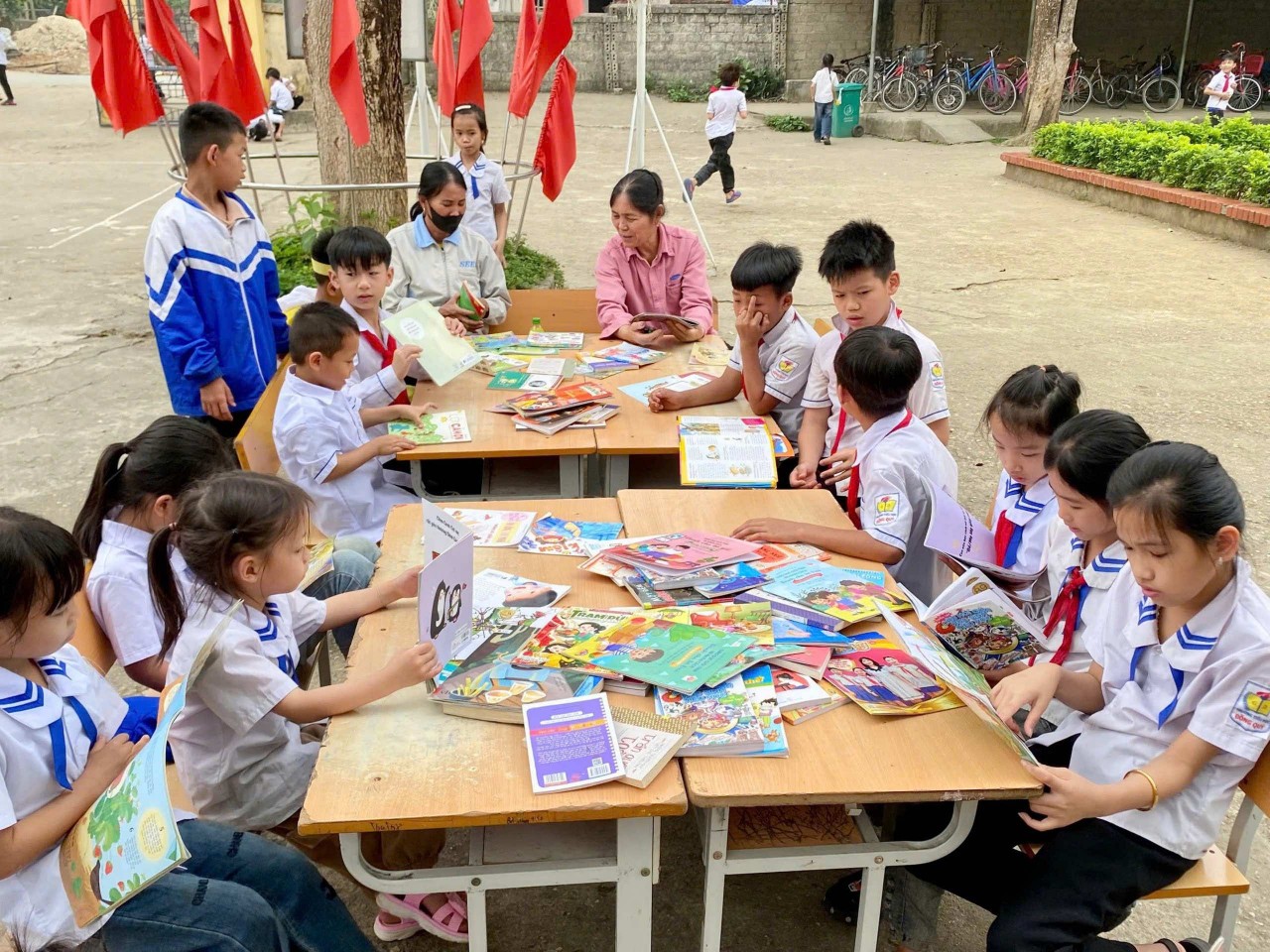 Viet's Home
Viet's Home

